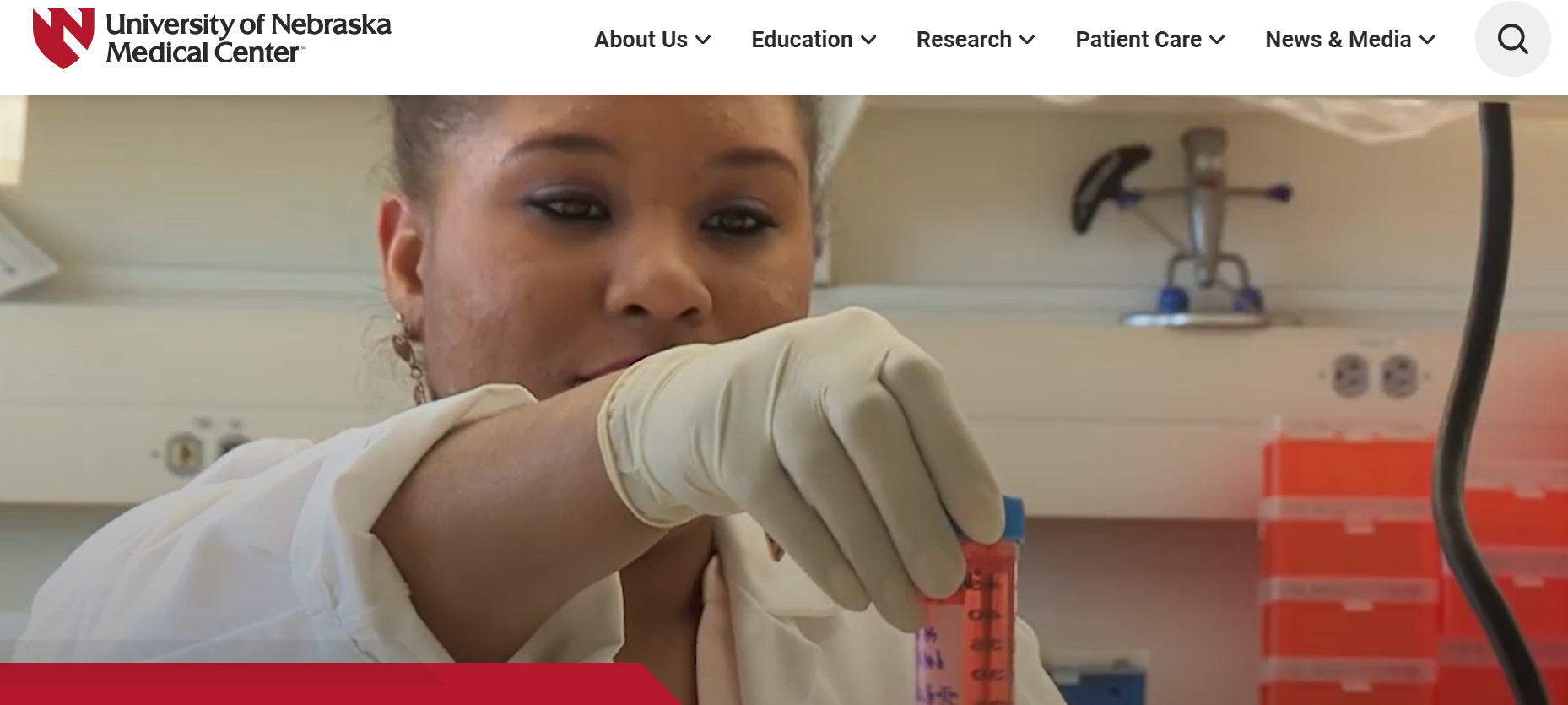Overall Component Project Summary The mission of the Nebraska IDeA Networks of Biomedical Research Excellence (NE-INBRE) is to stimulate and develop biomedical research capacity at institutions of higher education in Nebraska. The NE-INBRE is structured around two major components: primarily undergraduate institutions (PUIs) and PhD granting research institutions (RIs). Support for each PUI consists of: 1) campus research capacity development through support for faculty research and infrastructure enhancement, and 2) development of the undergraduate research pipeline of students through the NE-INBRE Scholars Program. Expanding research capacity at the RIs includes providing significant support to multi-user core facilities in order to allow investigators from PUIs and RIs access to cutting- edge technology. The nine participating PUIs in the NE-INBRE research network include two publically supported State Colleges, three campuses of the University of Nebraska system, and four private institutions. The three participating RIs in the research network include two campuses of the University of Nebraska system and one privately supported medical center. Cutting-edge multiuser core facilities include cores in genomics, bioinformatics, and advanced microscopy. The three themes reflect the scientific foci of the NE-INBRE, infectious diseases, cancer biology, and cell signalling. These themes serve to link faculty and students at the separate institutions into productive networks based on their areas of expertise and interest. Throughout the tenure of the NE-INBRE, its primary objective at the undergraduate level has been to provide and expand research opportunities for students and create a pipeline of students to enter into biomedical research and other health professions. NE-INBRE investments in faculty research projects and infrastructure at the PUIs have created opportunities for both NE-INBRE Scholars and other undergraduate students to become involved in advanced biomedical research. The NE-INBRE is designed to increase the biomedical research and training capacity at institutions of higher education and contribute to the development of the scientific workforce in the state. Primarily undergraduate institutions receive funding to enhance their faculty research and establish modern laboratories, thus providing opportunities for undergraduate students to engage in modern research and consider entering a career in research and/or the health professions. Research universities receive funding to support the development of multiuser core facilities that make cutting edge technology available to research programs on these campuses.

